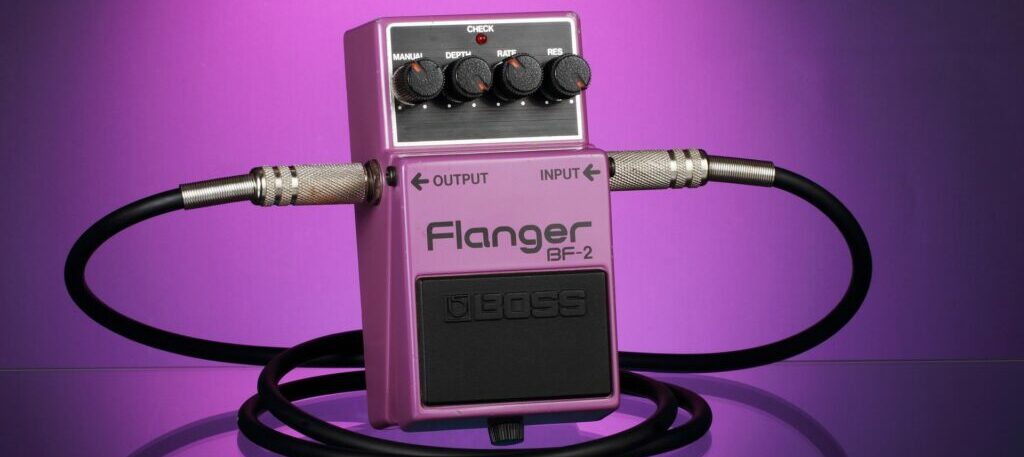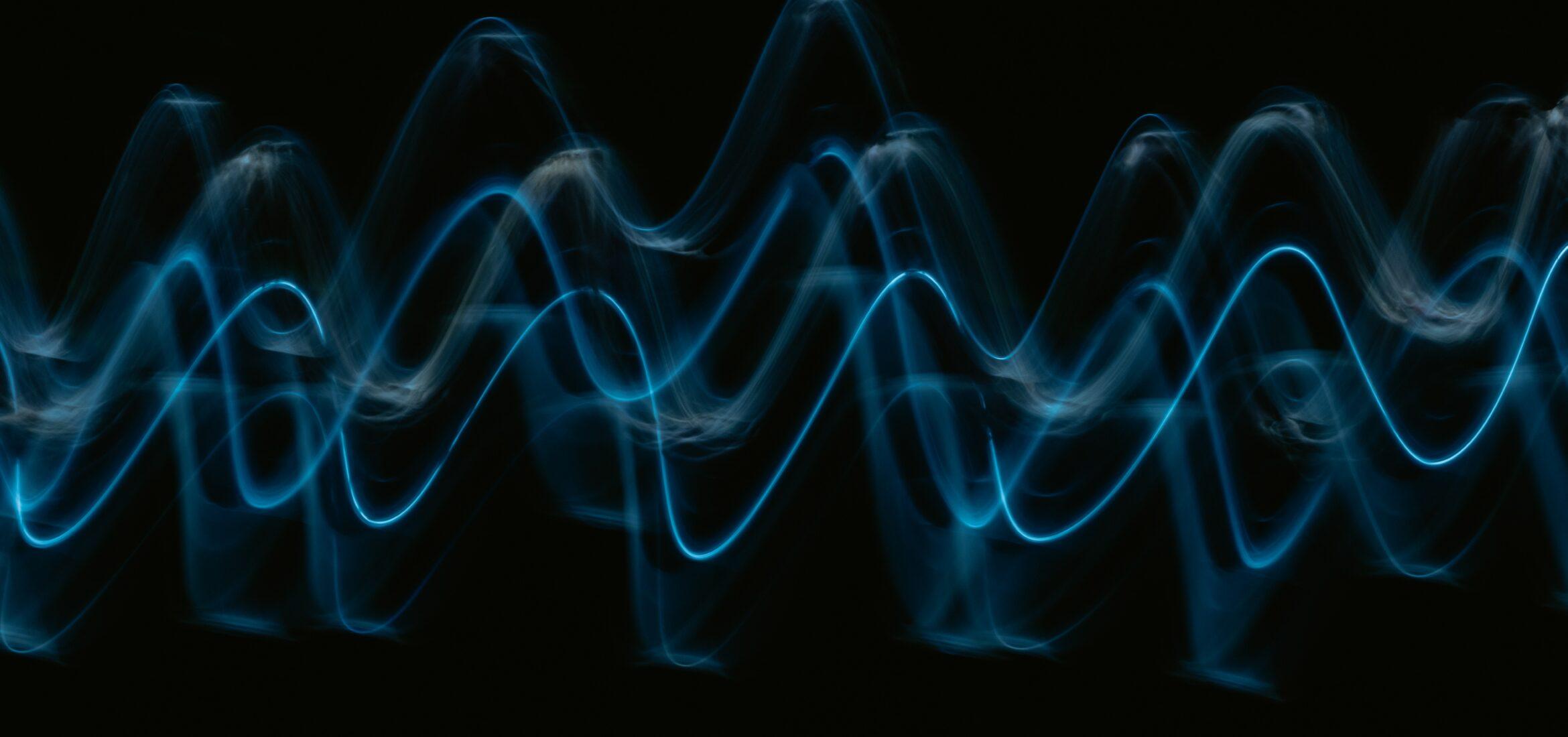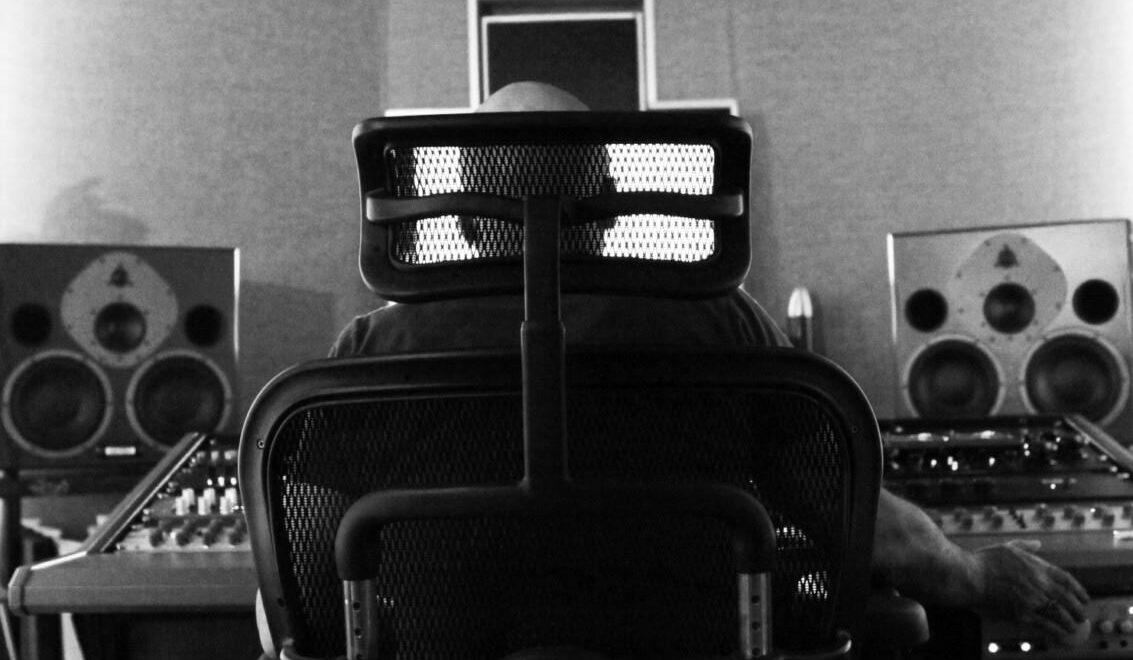Comb filtering is a unique phenomenon that causes distortion and harshness in your mix. Unless you’re using it creatively as an audio effect, this destructive interference can create all kinds of problems. But what exactly is comb filtering, what causes it, how can you avoid it, and can you use it creatively?
What Is Comb Filtering?
Comb filtering occurs when sound waves reflect off of hard surfaces and combine with each other, producing constructive or destructive interference. The merging sound signals are either identical or very similar. The result is a series of peaks and troughs in the frequency response, resembling the teeth of a comb, which can ultimately ruin your live mixes and recordings.
How to Avoid Comb Filtering
In comb filtering, particular frequencies are attenuated (out of phase) due to phase cancellation. The primary cause of this is when two or more microphones are picking up the same sound source from different positions. Therefore, the best way to avoid comb filtering is to use only one microphone per sound source. If you need to use more than one microphone, we recommend the following tips.

1. Place the Microphones Correctly: The 3:1 Rule
The 3:1 rule can help you avoid unwanted phase cancellation and interference when capturing sounds with several mics. For every unit distance between your microphone(s) and sound source, there should be at least three times as much space separating all other microphones from it – so if one is 3 feet away then 9 additional ft must separate them too.
If you’re aware of the proximity effect, you should know all too well how much microphone distance affects sound. You can also try using directional microphones to help minimize the amount of sound leakage between microphones. Lastly, be sure to use a quality pop filter to help reduce plosives when recording vocals.
2. Use Phase Inversion or Post-Production Plugins
Comb filtering is caused by phase troubles, and sometimes those can be solved by flipping the phase invert switch on one channel. Reversing the polarity can help to diagnose if there is signal cancellation, and sometimes gets you closer to the tone that you want. However, to get perfect phase alignment you may need to use specific tools such as Waves in-phase plugin, to delay one of the two signals a few milliseconds to get them in phase again.
3. Room Acoustic Treatment
Comb filtering can significantly impact the sound of a room, and it can be difficult to manage without proper acoustic treatment. In general, hard surfaces such as concrete walls and floors will cause more pronounced comb filtering than softer surfaces such as carpet or upholstery. This is why rooms with hardwood floors and bare walls tend to have an “echo-y” sound, while rooms with softer surfaces tend to be more “dead.” Proper acoustical treatment can help to control this phenomenon and create a more desirable sound in any room.

Get Creative With Comb Filtering
Thus far in this article, we’ve solely focused on the drawbacks of comb filtering and how you should avoid it. However, you may be surprised to hear that you can actually use it creatively as phase modulation effects.
1. Flanger Effect
Comb filtering can create sounds and harmonics that sound metallic and harsh, which doesn’t sound typically useful. However, this effect is essentially very similar to that of a flanger. Akin to comb filtering, the flanger effect is caused by creating delayed copies of your sound. The main difference is that with a flanger, the delay is already modulated. With a comb filter, on the other hand, you have much more control thanks to automation.
Similar to flangers and phasers, comb filtering can produce intriguing wooshing and sweeping fuzzy sounds. If used effectively, this form of modulation can add a significant amount of texture to your music, sounding particularly intriguing if you add LFOs into the mix.
That said, you should still be wary of distortion and clipping, which comes from overdoing the comb filtering, or enhancing specific harsh frequencies. Avoid this by holding back on the wet/dry balance on the comb filter and by using an EQ when mixing to cut out those harsher frequencies.

2. Chorus Effect
This acoustic phenomenon is very similar to flanging, the primary difference being that chorus has longer delay times. Therefore, it doesn’t sound as much like a comb filter. Instead, the sound it produces is more similar to a doubling effect, whereby various copies of sound signals with pitch and timing differences are combined. Overlaying these duplicated signals in this manner can add thickness, wideness, and shimmer to your mix.
3. Phaser Effect
Phasers fall somewhere between chorus and flangers. They differ in the fact that phasers don’t modulate delay time. Phasers, like flangers, create peaks and troughs over time as an LFO sweeps the duplicated signal against the original. However, instead of delaying copies of the original, it’s passed through an “all-pass filter”. This ultimately adds sonic interest to your sound.
Conclusion
Comb filtering can be a real issue in sound terms for musicians and sound engineers alike. However, by following some of the tips and techniques in this blog post, you’ll hopefully be able to avoid this phenomenon. Whilst there are ways to correct comb filtering in post-production, it’s always better to try to avoid it in the first place. As discussed, however, you can use this effect creatively; just make sure you don’t overdo it. Thanks for reading!
About the Author

Joe Curtis
Digital Marketer and Content WriterJoe Curtis is a passioned Digital Marketer from the UK. In his time on MasteringBOX he has created amazing content about Audio and Music Production.
Leave a comment
Log in to comment


